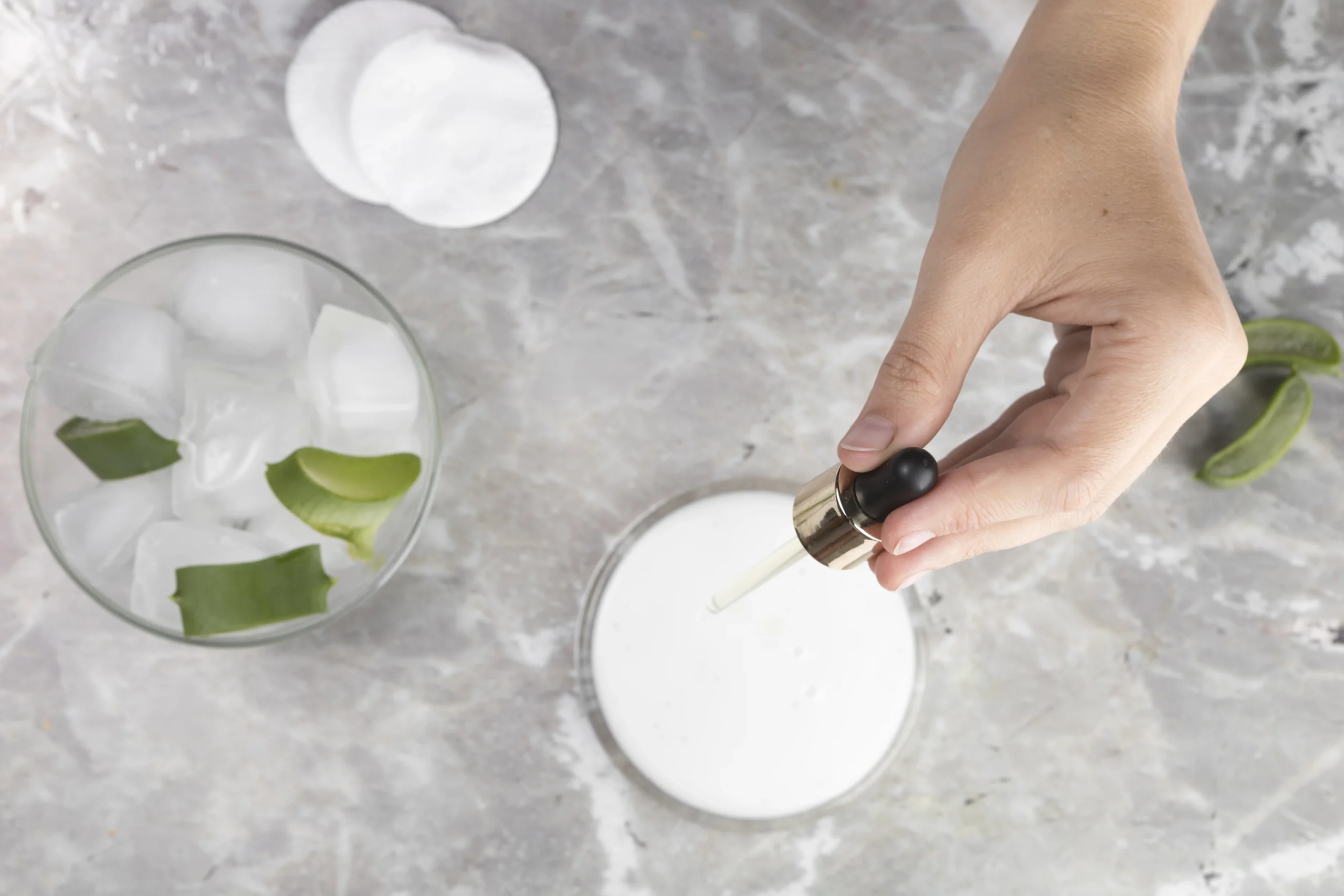Sodium citrate, a salt derived from citric acid, is a vital reagent in laboratory settings, known for its buffering and chelating properties. In molecular biology, it plays a significant part in RNA isolation protocols by ensuring the stability and integrity of RNA samples. But what exactly is Sodium Citrate’s Role in RNA Isolation, and why is it so crucial? This guide explores its functions, mechanisms, and practical tips to help you excel in RNA extraction.
Here’s a concise breakdown of Sodium Citrate’s Role in RNA Isolation at each step of the process:
| Step | Description | Sodium Citrate’s Role in RNA Isolation |
|---|---|---|
| Cell Lysis | Breaking open cells to release RNA. | Chelates metal ions to inhibit RNases, protecting RNA from degradation. |
| RNA Extraction | Separating RNA from proteins, DNA, and other components. | Maintains pH stability, ensuring RNA remains intact during separation. |
| RNA Storage | Storing RNA for future use, often in a stabilizing buffer. | Provides a slightly acidic environment (pH 6.0-6.5) to preserve RNA integrity. |
Why is Sodium Citrate Used in RNA Isolation?
RNA is highly fragile, easily degraded by RNases—enzymes found on lab surfaces, in the air, and on skin. Sodium Citrate’s Role in RNA Isolation includes acting as a protector by chelating metal ions like magnesium (Mg²⁺) and calcium (Ca²⁺), which RNases need to function. By binding these ions, sodium citrate neutralizes RNase activity, keeping your RNA safe. It also maintains a slightly acidic pH (around 6.0-6.5), preventing base hydrolysis that can fragment RNA strands, making it essential for successful extraction.
How Does Sodium Citrate Work in RNA Isolation?
Chelating Agent: Protecting RNA from RNases
A key aspect of Sodium Citrate’s Role in RNA Isolation is as a chelating agent. It binds divalent metal ions such as Mg²⁺ and Ca²⁺, essential cofactors for RNases. Without these ions, RNases cannot degrade RNA, making sodium citrate a critical shield during steps like cell lysis or storage, where RNA is most at risk.
pH Buffer: Maintaining RNA Stability
RNA is most stable in slightly acidic conditions. Sodium citrate maintains a pH between 6.0 and 6.5, preventing base-catalyzed hydrolysis—a reaction that can break RNA apart. This buffering action, often used in RNA Storage Buffer, reinforces why sodium citrate is a preferred choice for RNA preservation.
Practical Tips for Using Sodium Citrate in RNA Isolation
Here are actionable tips to leverage Sodium Citrate’s Role in RNA Isolation:
- Incorporate into Buffers: Use a 1 mM sodium citrate solution at pH 6.4 in lysis or storage buffers.
- Tailor to Sample Type: For plant tissues, try the Citrate-Citric Acid RNA Isolation (CiAR) method to enhance nucleic acid solubilization.
- Pair with Other Agents: Combine with chelators like EDTA for added protection, especially with tough samples.
- Watch the Concentration: Use recommended levels to avoid pH imbalances or insufficient RNase inhibition.
These tips can help you achieve high-quality RNA yields for applications like RT-PCR or sequencing.
Conclusion
Sodium citrate is a cornerstone of RNA isolation, acting as a chelating agent to block RNases and a pH buffer to ensure RNA stability. Understanding Sodium Citrate’s Role in RNA Isolation equips researchers to optimize protocols and obtain reliable RNA samples. Whether you’re troubleshooting degradation or refining lab techniques, sodium citrate is a tool worth mastering. Have you tried it in your experiments? Share your thoughts or questions in the comments below!
At Avid Organics, we provide high-quality, sustainably sourced sodium citrate to support your RNA isolation experiments. Our products ensure reliable results, helping you achieve pure RNA for applications like sequencing or RT-PCR. Trust us to elevate your research—explore our offerings today and see the difference!
For more updates on our latest innovations, sustainability initiatives, and upcoming events, follow us on LinkedIn and stay connected through our official website. Stay tuned for exciting developments as we continue to push the boundaries of nutraceutical excellence!




